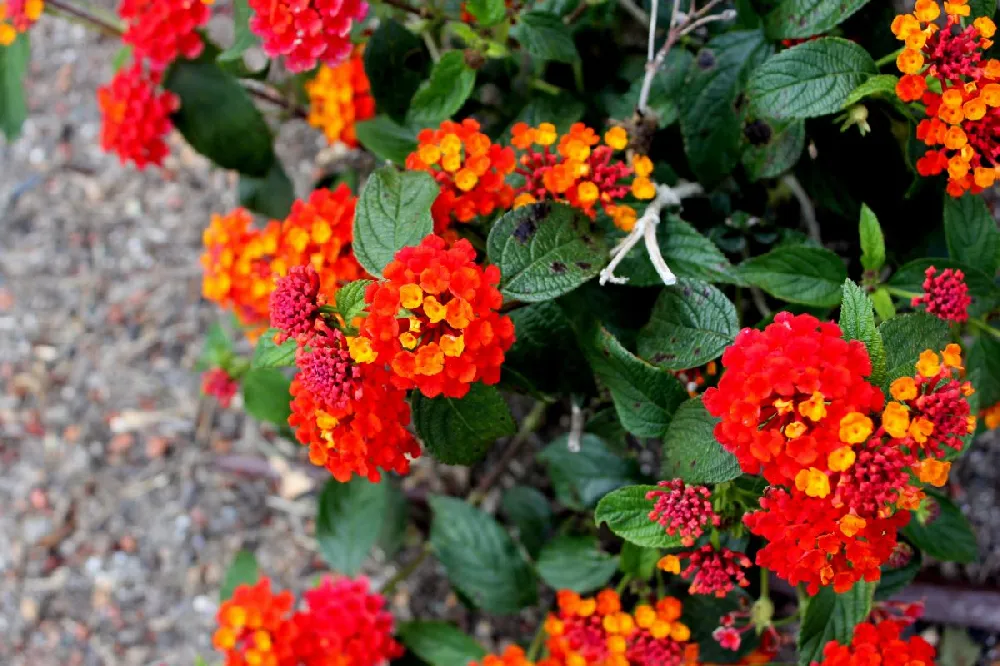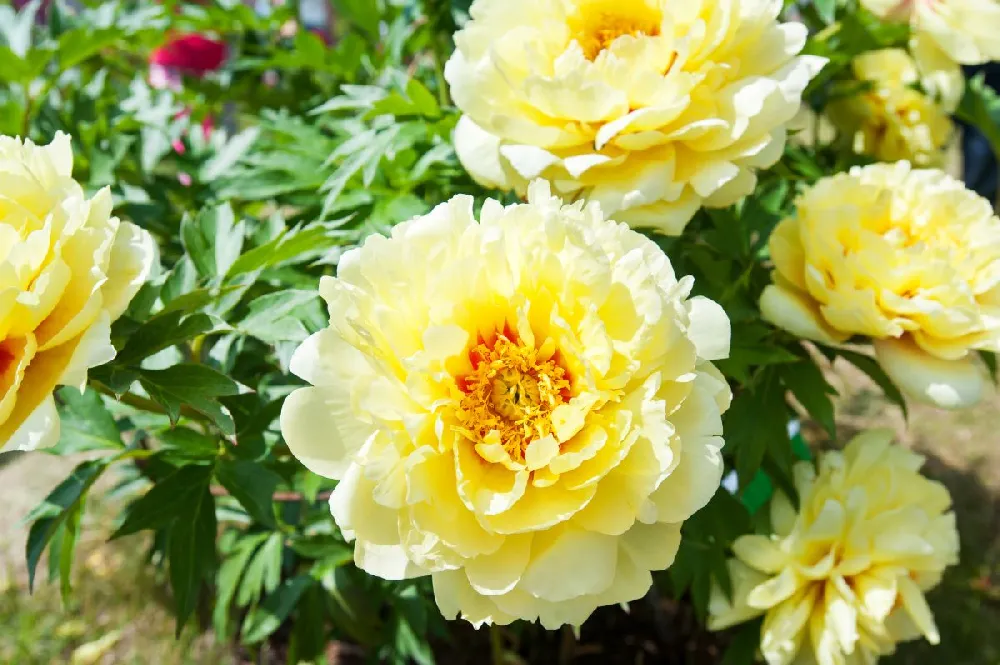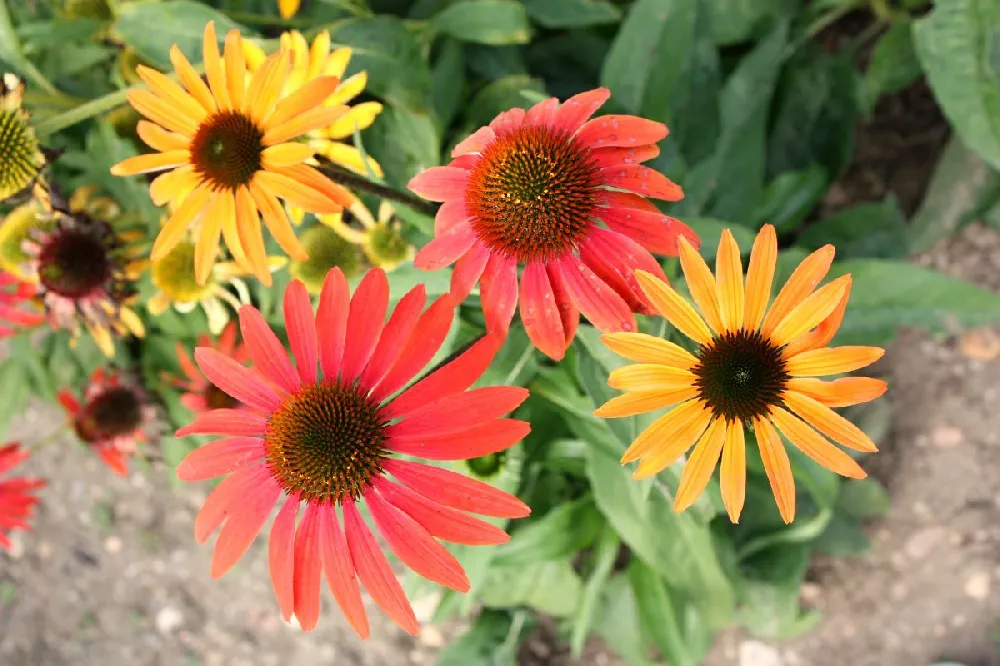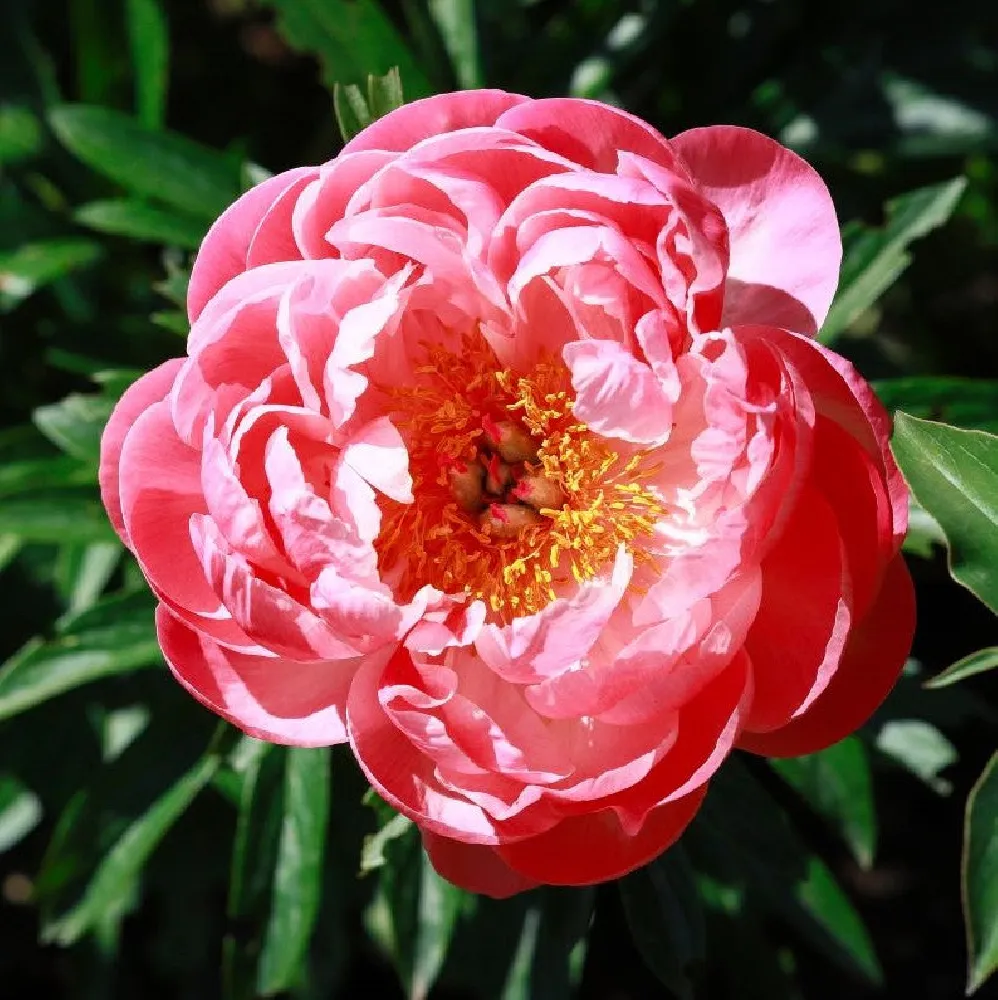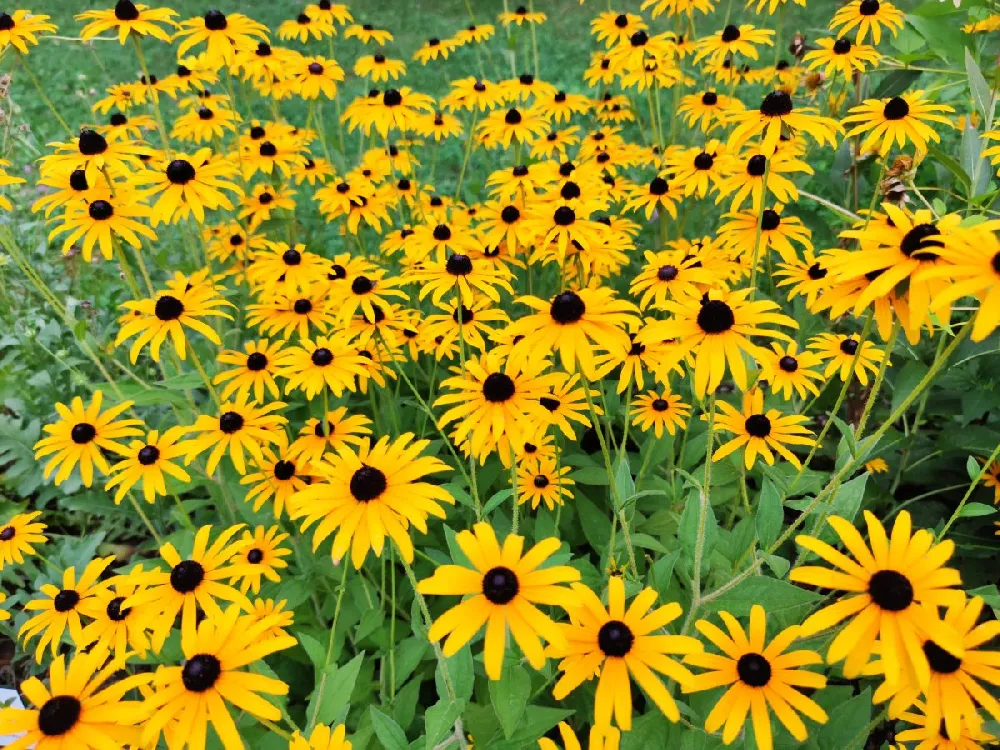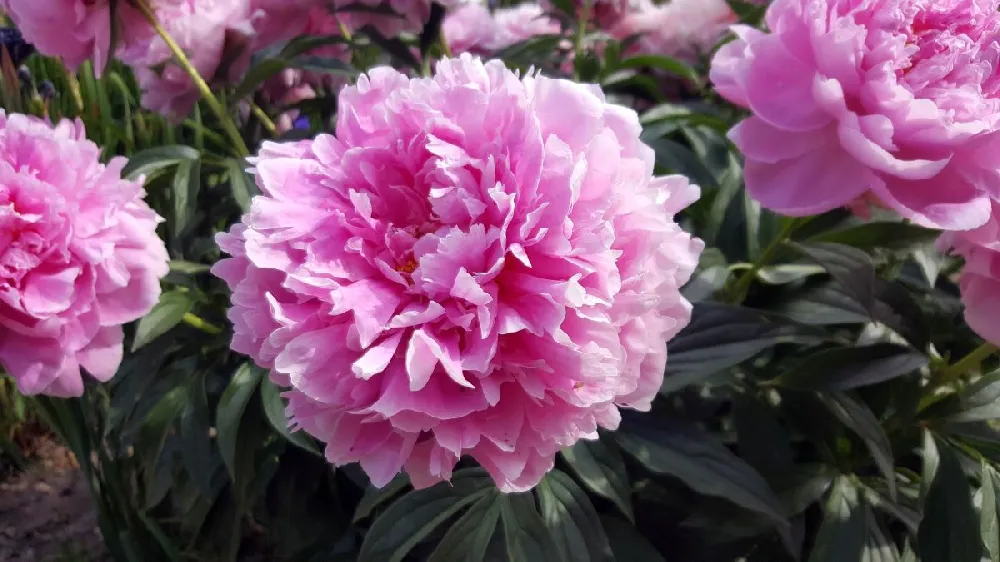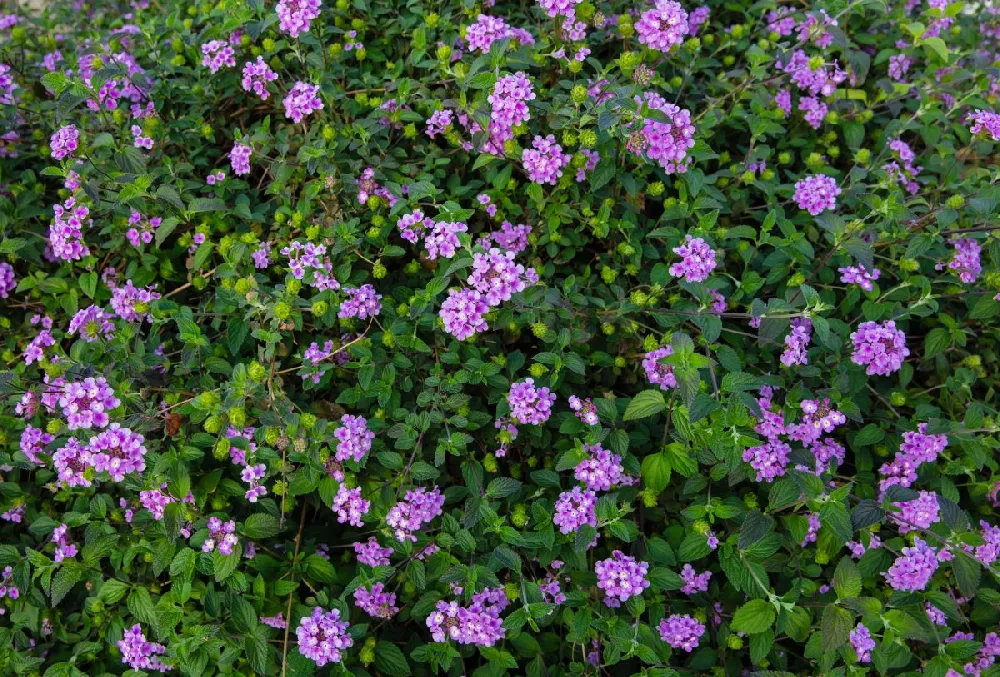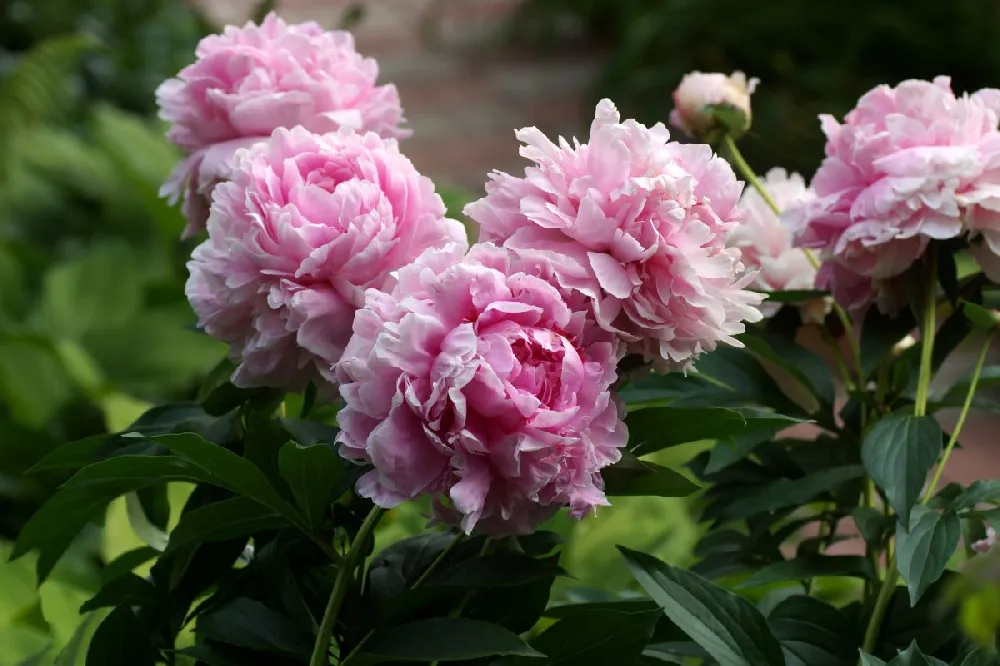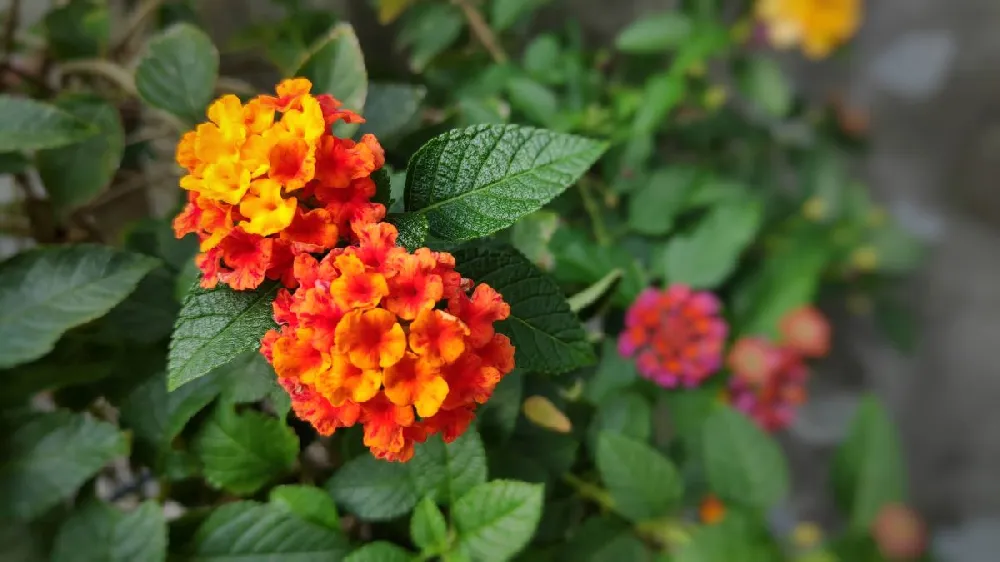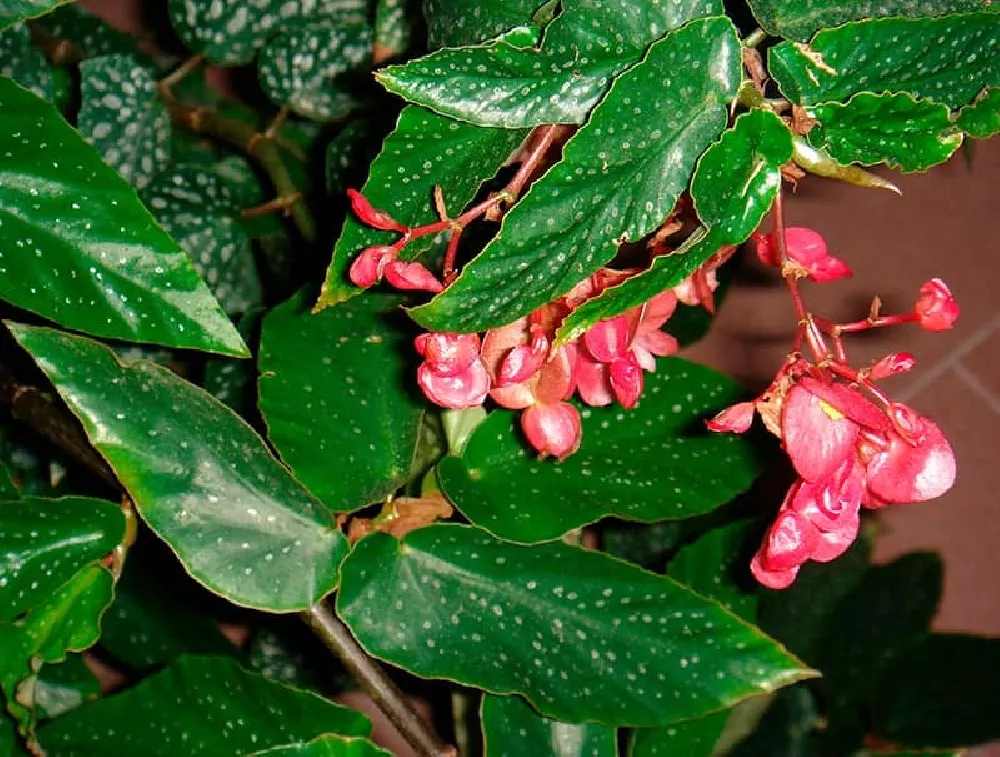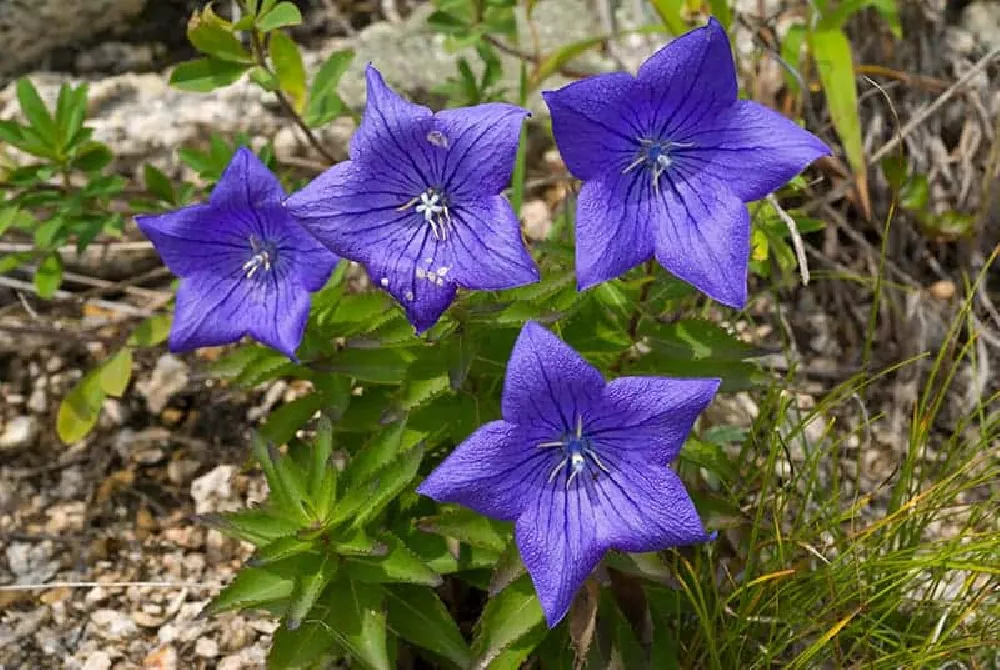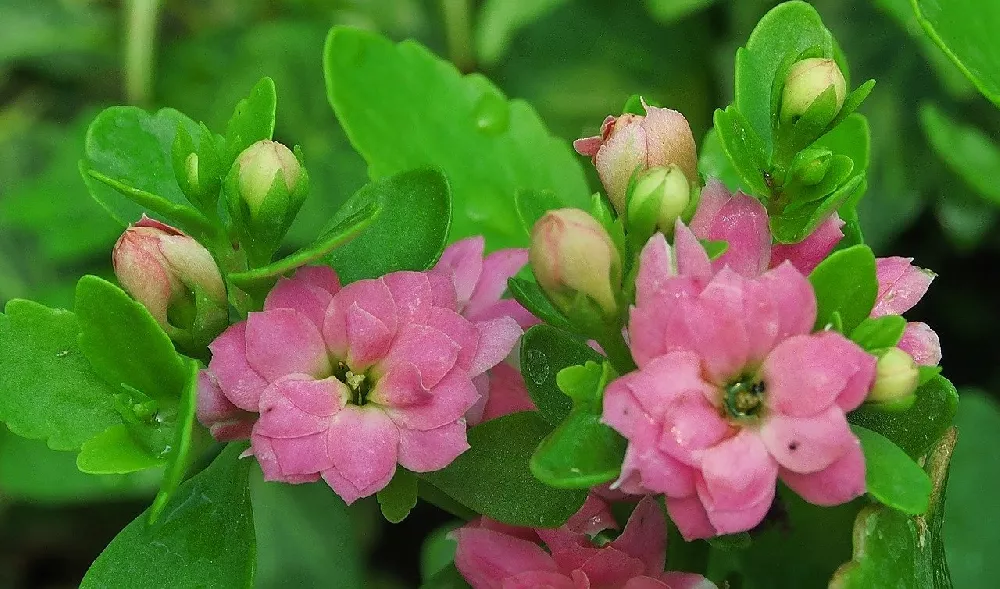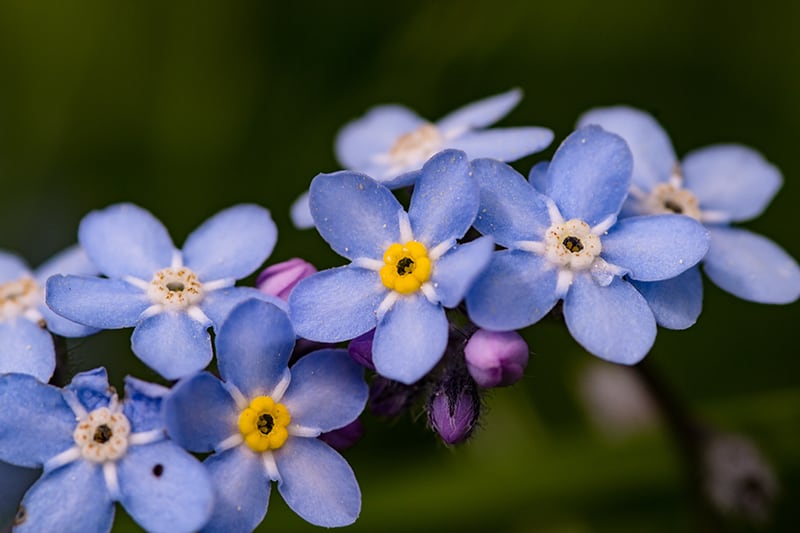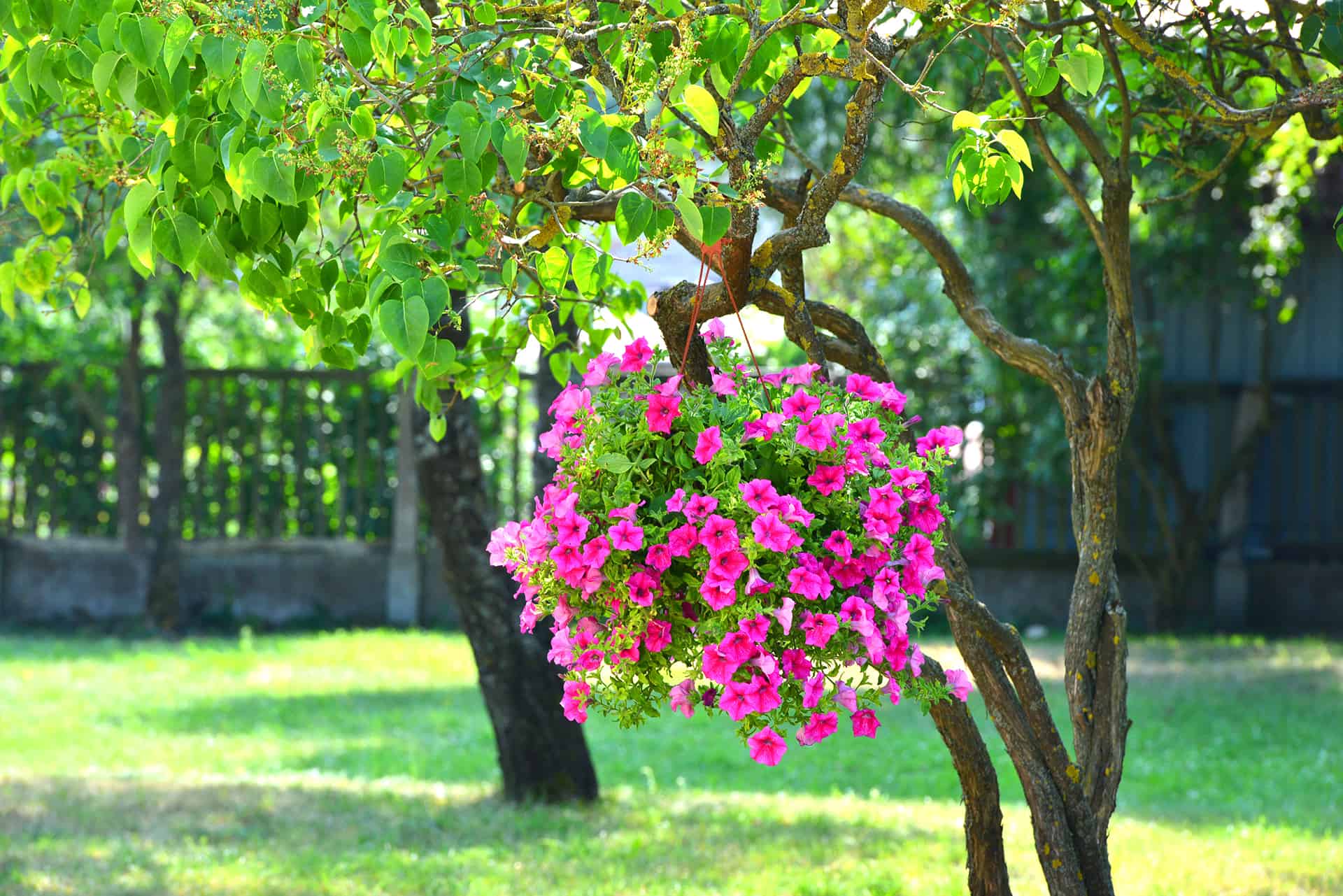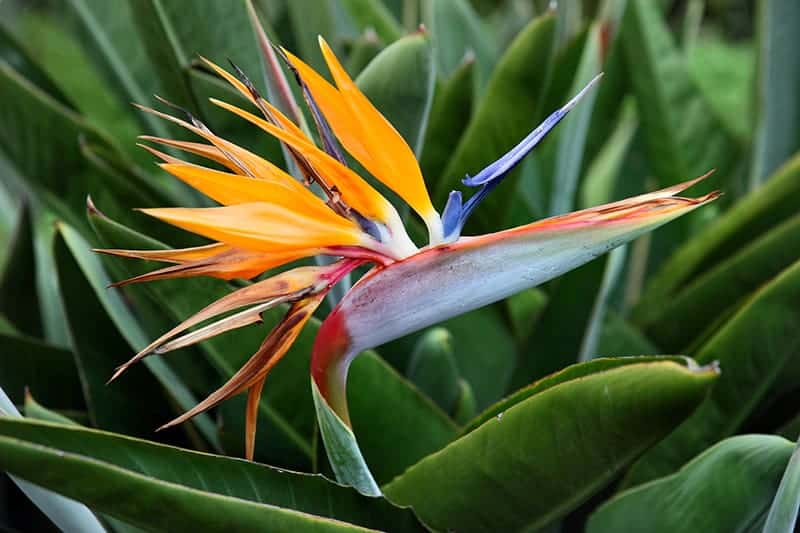- Home >
- Plants with Perennial Flowers
Plants with Perennial Flowers for Sale - Buying & Growing Guide
Filters
Price Range
Growing Zones
Plant Type
Flower Color
Sunlight
Mature Height
Plant Characteristics
34 Results
-
Growing Zone(s): 4-11 / 8-11$86.95
$94.95Save up to 8% -
Growing Zone(s): 4-9$159.95
-
Growing Zone(s): 4-9$39.95
-
Growing Zone(s): 4-8$72.95
-
Growing Zone(s): 4-10$34.95
$76.95Save up to 54% -
Growing Zone(s): 3-8$80.95
-
Growing Zone(s): 4-11 / 9-11$93.95
$124.95Save up to 24% -
Growing Zone(s): 4-8$87.95
$94.95Save up to 7% -
Growing Zone(s): 4-11 / 8-11$99.95
-
-
-
Plants with Perennial Flowers – Buying & Growing Guide
One of the main reasons why so many gardeners love perennials is their reliability. Perennial plants can have as much ornamental appeal as other types of plants, with the added benefit that they will return on their own accord each year. Once they appear, they will add a lively feel and interesting textures to your landscape.
Types of Perennials
| Type | Growing Zones | Mature Height | Sun | Features |
| Black-eyed Susan, Rudbeckia hirta | 4-9 | 1 to 3 feet | Full sun: 6 to 8 hours | Distinct yellow flowers with black centers. |
| Purple coneflower, Echinacea purpurea | 3-9 | 3 to 4 feet | Full sun: 6 to 8 hours | Deep purple petals with large cone pod. |
| Daylily, Hemerocallis | 4-9 | 3 to 5 feet | Full sun: 6 to 8 hours | Long stems hold prominent flowers. |
| Sedum autumn joy, Hylotelephium spectabile | 3-10 | 1 to 2 feet | Full sun: 6 to 8 hours | Reddish flowers deepen through the season. |
| Aster, Aster amellus | 3-8 | 1 to 6 feet | Full sun: 6 to 8 hours | Deep colors, star-shaped flowers. |
| Hosta, Hosta | 3-8 | 1 to 4 feet | Shade to part shade: 2 to 4 hours | Reliable large leaves with interesting variegation. |
| Peony, Paeonia | 3-8 | 2 to 4 feet | Full sun: 6 to 8 hours | Large rose-like flowers, multiple leaf shapes. |
| Coral bells, Heuchera | 4-9 | 6 to 18 inches | Full sun to part shade: 4 to 8 hours | Tiny flowers and leaves of differing hues. |
| Fountain grass, Pennisetum alopecuroides | 5-9 | 2 to 3 feet | Full sun to part shade: 4 to 8 hours | Lovely grass with a shimmering texture. |
| Feather reed grass, Calamagrostis × acutiflora ‘Karl Foerster’ | 5-9 | 3 to 5 feet | Full sun: 6 to 8 hours | Tall grass with fluffy flower structures at the top. |
What Are Perennials?
Like annuals, biennials, and woody plants, perennials are a large group of plants containing many different species. What makes perennials different from other plants is that the visible part dies each year. This creates a lifeless appearance above the ground. Meanwhile, underground there are parts of the plant that live on through winter. Once the warm weather arrives again, a perennial plant will emerge from the ground and grow to maturity during the spring and summer months. Different perennials will grow and bloom at different times. But in general, they all share the same cycle of dying back at the end of the season and returning the next year.
How to Plant and Grow Perennials
Planting perennials is not a difficult process. Begin by addressing your soil and amending it as needed to create a nutrient-rich growing medium. Then plan out the spacing of your perennial plants. Most species will spread during a single season and over multiple seasons. For that reason, you should give each perennial plant a reasonable space into which it can grow.
Perennials are also less particular about their planting holes compared to woody plants. While a tree or shrub’s hole needs relatively accurate dimensions, a perennial planting hole does not need to be as precise. Simply dig a hole that is slightly larger than the root ball of your perennial plant.
Just like with other types of plants, each perennial will need specific amounts of fertilizer and water. Some species may also have a particular time of year in which it is best to plant them. But for most perennials, a fall or spring planting time will work well.
While one of the main advantages of perennials is that they grow back on their own, that does not mean they have no maintenance needs. The good news is that those maintenance needs are relatively low. In addition to fertilization and watering, it’s also helpful to cut your perennials down to the ground when they are spent at the end of the season.
How to Choose the Right Perennials for Your Garden
Selecting the right perennials for your garden can be a difficult endeavor. The sheer volume of options is enough to make any novice gardener a bit overwhelmed.
To simplify the matter, let’s address the most critical factors first. Regardless of your aesthetic preferences, no plant will grow in your yard if you don’t live in an area that meets its growing needs. Make sure you are in the right hardiness zone and that your yard gets enough light for the plants you wish to grow.
After satisfying growth requirements, you can move on to picking out plants based on appearance. As you will see, there are many different visual characteristics for you to choose from.
While some perennials appear as tall grasses with terrific textures that shimmer in the wind, other perennials hold flowers that can compete with the boldest annuals around. As long as you can give these plants the care and conditions they need, there is nothing stopping you from buying and planting the perennial plant that you like best.
